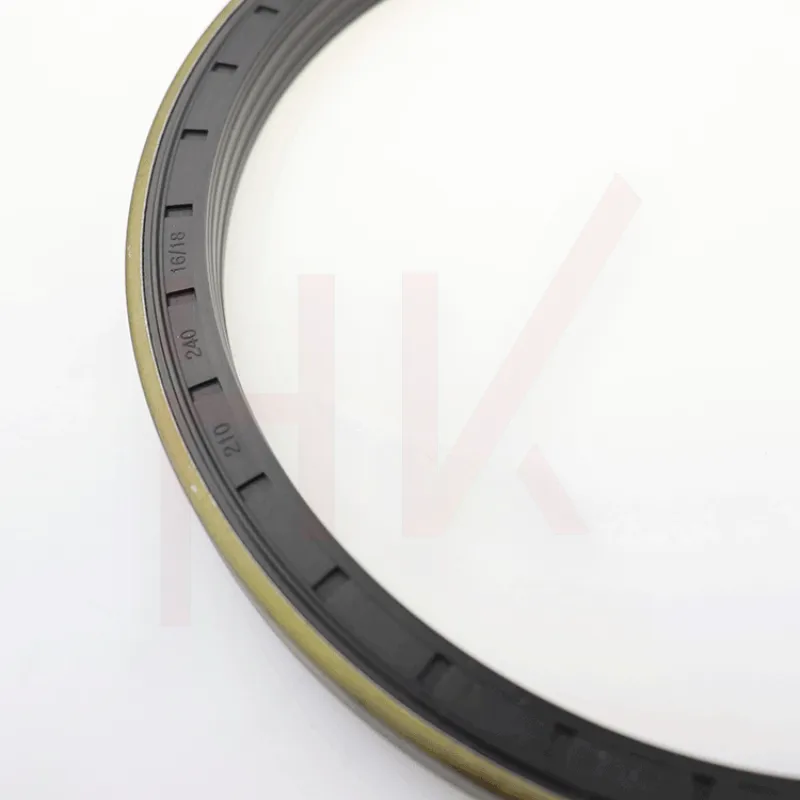ທ.ວ. . 05, 2024 10:29 Back to list
engine hoist cylinder seal kit
Understanding Engine Hoist Cylinder Seal Kits A Comprehensive Overview
When it comes to vehicle maintenance and engine repairs, having the right tools and components is essential for ensuring safety and efficiency. One integral part of an engine hoist is the cylinder seal kit, which plays a critical role in maintaining the functionality of the lifting mechanism. In this article, we'll delve into the significance of engine hoist cylinder seal kits, their components, and how to maintain them for optimal performance.
What is an Engine Hoist?
An engine hoist, also known as an engine crane, is a mechanical device designed to lift heavy engine components out of cars or trucks for repairs or replacements. The typical engine hoist consists of a metal framework, a hydraulic cylinder, and a lifting arm. The hydraulic system relies on oil-filled cylinders to generate sufficient lifting power and allows for smooth operation when raising or lowering heavy loads.
Importance of Cylinder Seal Kits
The cylinder seal kit is an essential component of the hydraulic system in an engine hoist. It comprises a series of seals and O-rings that are used to prevent leaks of hydraulic fluid, which is crucial for the operation of the hoist. Over time, these seals can wear out due to friction, exposure to oil, and varying temperatures, leading to decreased performance and safety hazards. A well-maintained cylinder seal kit ensures that the hydraulic system remains pressurized, enabling the hoist to lift heavy loads reliably.
Components of a Cylinder Seal Kit
A typical engine hoist cylinder seal kit includes various components, each serving a specific purpose
1. Seals These rubber or synthetic materials form a barrier that prevents hydraulic fluid from leaking out of the cylinder. They come in different shapes and sizes, designed to fit specific hydraulic cylinders. 2. O-Rings These circular rings provide additional sealing at connection points. O-rings are made from durable materials that can withstand the pressures associated with hydraulic systems.
3. Backup Rings These are used in conjunction with O-rings to prevent extrusion and increase the lifespan of sealing components.
4. Dust Seals These external seals prevent dirt, debris, and moisture from entering the hydraulic system, ensuring that the internal components remain clean and fully functional.
Signs of a Failing Seal Kit
engine hoist cylinder seal kit

Recognizing the symptoms of a failing cylinder seal kit early can help you avoid costly repairs and enhance the safety of your engine hoist
. Some common signs include- Hydraulic Fluid Leaks If you notice fluid pooling around the base of the hoist, it may indicate that seals are worn and need replacement. - Reduced Lifting Capacity A noticeable drop in lifting power may suggest that the hydraulic fluid is leaking and that there isn’t enough pressure in the system.
- Unusual Noises Grinding or whining sounds during the operation of the hoist can signal that the hydraulic components are not functioning correctly.
Maintaining Your Cylinder Seal Kit
To ensure that your engine hoist operates smoothly and safely, regular maintenance of the cylinder seal kit is crucial. Some tips for maintenance include
1. Regular Inspections Periodically check the seals for any wear and tear. Replacing worn seals before they fail can save you time and money.
2. Keep It Clean Clean the area around the hydraulic cylinder to avoid contamination. This helps prolong the life of the seals and ensures efficient operation.
3. Proper Lubrication Ensure that the seals are adequately lubricated to reduce friction, which can lead to premature wear.
4. Replace as Necessary If you notice any signs of failure, it is vital to replace the seal kit promptly to maintain the effectiveness of the hoist.
Conclusion
Engine hoist cylinder seal kits are fundamental to the safe and efficient operation of hydraulic engine hoists. By understanding their purpose, recognizing signs of failure, and maintaining them properly, users can ensure that their engine hoists perform optimally for years to come. Investing time in regular inspections and timely replacements will not only enhance equipment longevity but also ensure a safer work environment for automotive technicians and hobbyists alike.
-
Unlocking the Potential of Hydraulic Systems with Essential Sealing Solutions
NewsAug.06,2025
-
Unleash the Power of Your Hydraulic Systems with Our Premium Seal Kits
NewsAug.06,2025
-
Specialized Hydraulic Seal Kits for Breakers, Pistons, and Presses
NewsAug.06,2025
-
Revitalize Hydraulic Systems with Premium Repair and Seal Kits
NewsAug.06,2025
-
Fortify Your Cylinders with Premium Sealing Solutions
NewsAug.06,2025
-
Elevate Hydraulic System Reliability with Specialized Seal Kits
NewsAug.06,2025
-
TCN Oil Seal Metal Ring Reinforcement for Heavy Machinery
NewsJul.25,2025
Products categories
















